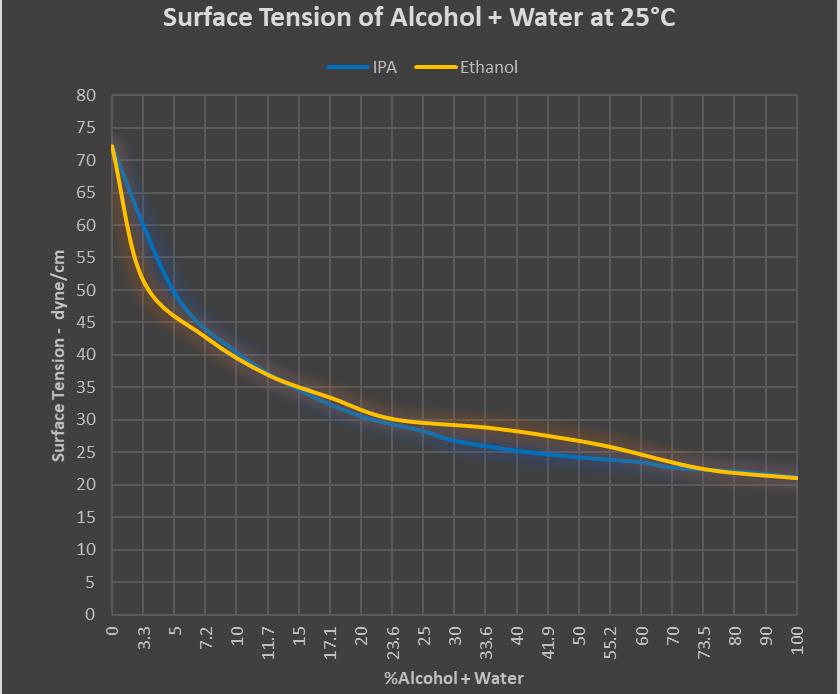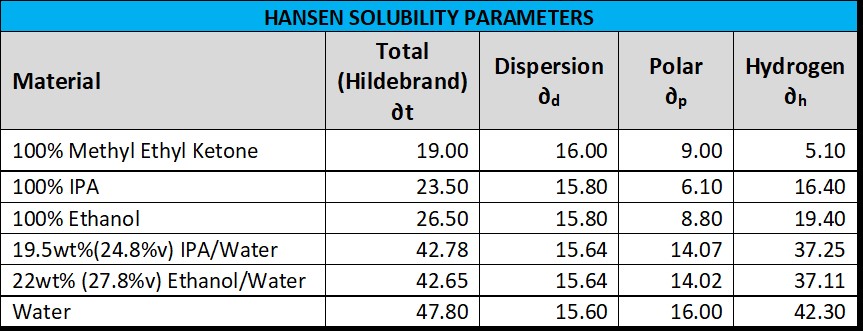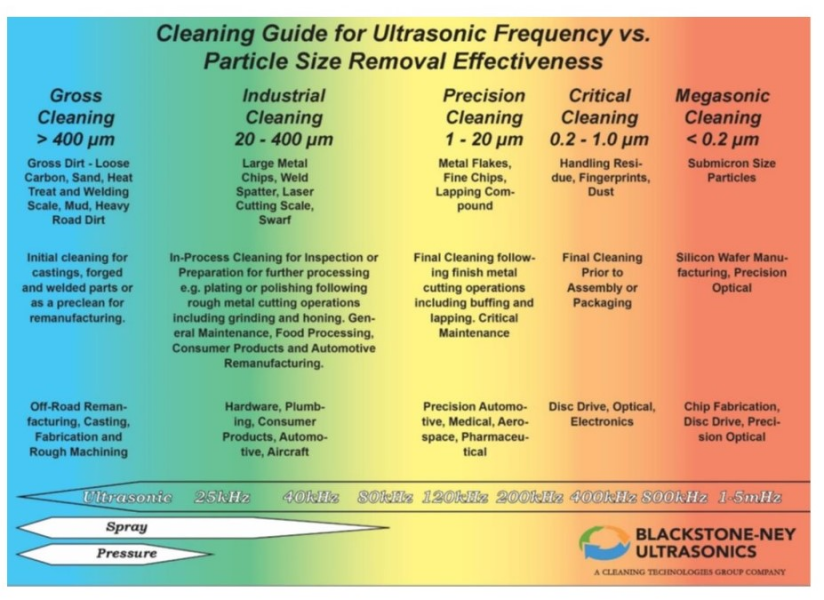The "Very Best Record Cleaning Formulation"
I am providing this formulation for all who are interested in the very best, and can be proven and demonstrated to be the "Very Best". It can easily be made from available ingredients. On the surface, it appears to be very simple. However, it is based on extensive complex chemistry along with precise mathematical calculations and verifiable data.
You may use it with absolute confidence and be truly assured that it is beyond doubt the "Very Best". You may use it for your personal needs. Or, archival entities may use it for their purposes with confidence. Or, you may choose to start an enterprise that makes and packages quantities as either a "ready-to-use" or a "Semi-concentrated" version for sale and distribution knowing that nothing better exists. You have my blessings and encouragement with one condition. And, that is, that the pricing represents a "fair margin", and, not an obscene gouging, typical for such products.
Initially, I had prepared a presentation that briefly introduced myself, and provided the thought processes, design parameters, and the necessary basics of chemistry, physics, and mathematics to assure you and allow you to be absolutely confident in this formulation. I made a considerable effort to keep it as simple, but, also as thorough enough to achieve this confidence. However, that presentation entailed 5,239 words, typical of such a requirement, however, unacceptable in length by this website forum.
I have no option other than to offer the formulation as a 100% parts by weight version suitable to produce 1 Kilogram of the cleaner, and, invite you to question me about any aspect of the formulation.
Professionally, I am a Chemist, more specifically a Polyurethane Chemist. I have a Doctorate in Chemistry as well as two other Doctorates and a M.B.A.. I held prominent positions in significant corporations before being encouraged to start our (wife and I) manufacturing facility servicing those I previously worked for. We started, owned, and fully operated this business. We eventually obtained 85+% Market Share in our sector in Medical, Automotive, Sporting Goods, and Footwear areas before retirement.
The Audio Industry is extremely technical and many brilliant minds have contributed their talents over the decades in order that we may enjoy music today as we choose. Like many other technical industries, those of lesser minds and values invade the arena with their "magical" inspired revelations and offer their "magical" ingredients and items to all at extremely high prices. They promise that if only we are willing to part with our money - they can provide these items to you that make your audio system sound as if the orchestra, or vocalist, is in your room with you. And, after all, "magical items" must be expensive, otherwise, they would not be "magical".
This disturbs me enormously, and, it is for such reasons, I feel compelled to provide realistic and truthful information that conforms to basic Engineering, Chemistry, Physics, and Mathematical Principals in those areas with which I am very knowledgeable and familiar.
"Ultimate Record Cleaner Solution"
Ingredient Amount by Weight (Grams)
Distilled Water 779.962
Ethyl Alcohol 220.000
Tergitol 15-S-7 (Dow Chemical) 0.038 (Approx. = 2 Drops)
1,000.000
Important and/or Relevant Criteria
1.) Distilled Water ONLY. Do not use deionized, tap, rain, or spring water. Distilled Water is readily available in most grocery stores. Check labeling to be certain that it is distilled and not deionized. The pricing is comparable.
2.) Ethanol must be purchased at a "Liquor Store" or a "Liquor Control Board" that is suitable for human consumption, and the appropriate taxes must be paid. This assures that the alcohol consists of only Ethyl Alcohol and water. You need to purchase the 95+% version, also known as 180+ Proof. NOTHING ELSE is acceptable. (100% Ethyl Alcohol is not available under "normal" circumstances). Denatured alcohol from a Hardware Store or elsewhere is PROHIBITED, as well as ANY other alcohols.
3.) Tergitol 15-S-7 is made by Dow and is available on the internet in small quantities from Laboratory Supply Houses such as Fisher and Advance, etc.. I have no affiliations with either Dow Chemical, or Fisher, or Advance. You MUST use Tergitol 15-S-7 ONLY. No other Tergitol product is acceptable for this designed formula, and you need to acquire the undiluted form only.
4.) The above cleaner formula will result in a non-foaming (VLF) Surfactant Formulation that exhibits the following:
Surface Tension of 28.5 dynes/centimeter @ 20 C. (68.0 F.)
Surface Tension of 28.2 dynes/centimeter @ 25 C. (77.0 F.)
5.). A Surface Tension of 28.5 dynes/centimeter is Remarkable and will properly clean records of all organic soilings, and all oily substances, as well as very significant amounts of inorganic soilings. This available Surface Tension coupled with the Azeotropic Characteristics of very rapid evaporation and spotless drying occur because of the selection of Ethyl Alcohol and the very specific concentration determined as 22.00% p.b.w., further improves the products abilities. The "Ease-of-Use" and "Spot-Free" results are to be accepted.
6.). Be aware that an "ideal temperature of use" also exists for this formulation. And, that reasonable temperature is 40 C. (104.0 F.). Further increases in temperature offers no improvement, therefore, confirming the proper use of the term "ideal". I mention this not because of of any substantial improvement, but, only to be aware of its’ existence. And, if you have a choice to utilize a room that is warmer than another, select the warmer room closer to 104.0 F. There is no need to elevate the temperature of the records or the materials. Simply be aware that 104.0 F. Is ideal.
If interest is expressed in this submission, I am willing to provide additional submissions regarding other materials, and, other areas of interest. Such as"Best Contact Substance", "Best lubricants for turntables", " Better Dampening Materials" for turntables and tonearms, and, most significantly, "Best" material for "Turntable Platter/Vinyl Record Interface" usually called "Record Mats". The last item will certainly disturb many individuals and anger many suppliers.
Whatever I may contribute is substantiated by Science and Testing, and Verifiable. Science has no Opinions. Opinions in these matters are best reserved for those who rely on their imagination and wishful thinking.
Also, I have no vested interests in this Industry. Simply possess some scientific knowledge that also relates to some aspects of the Audio Area, and I am willing to share that information if requested!




